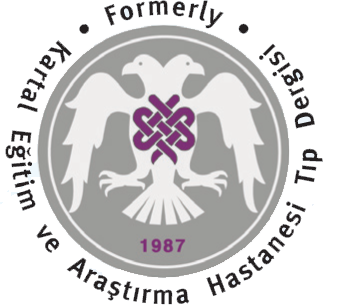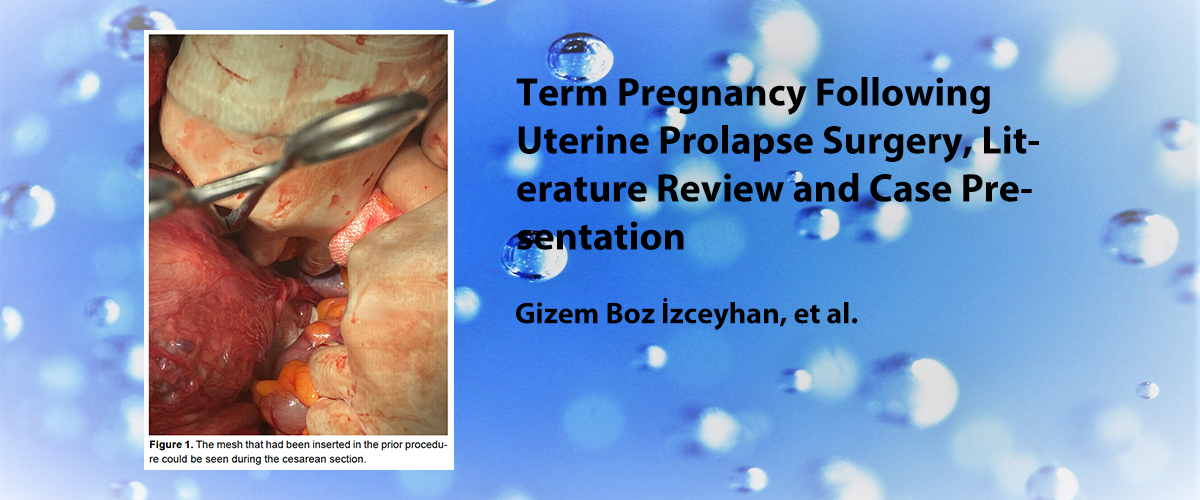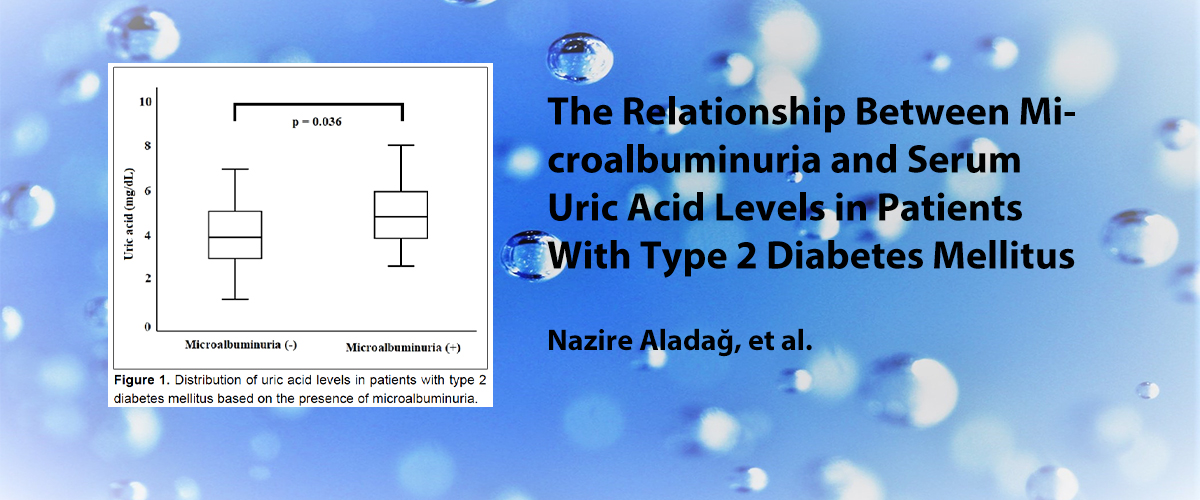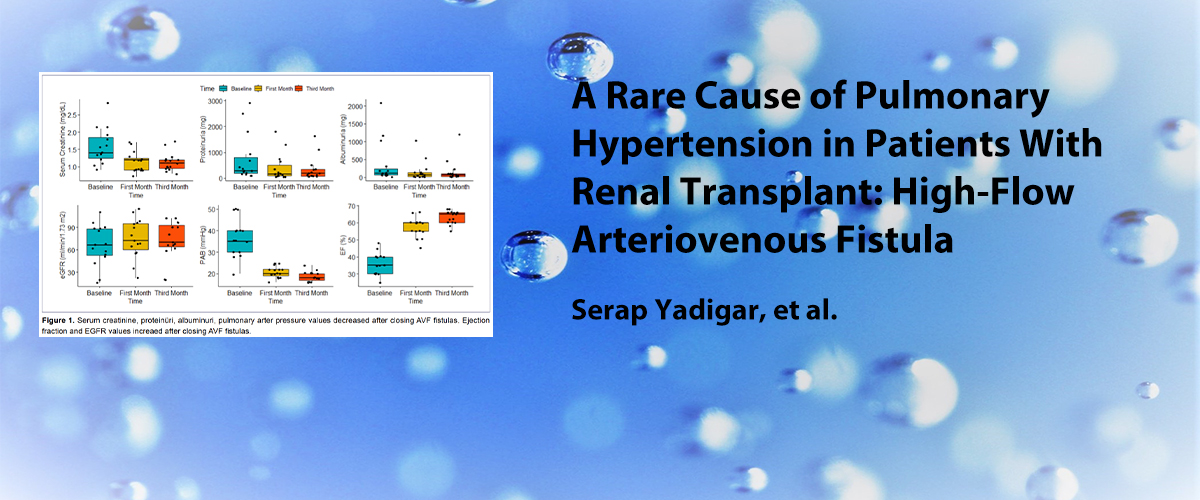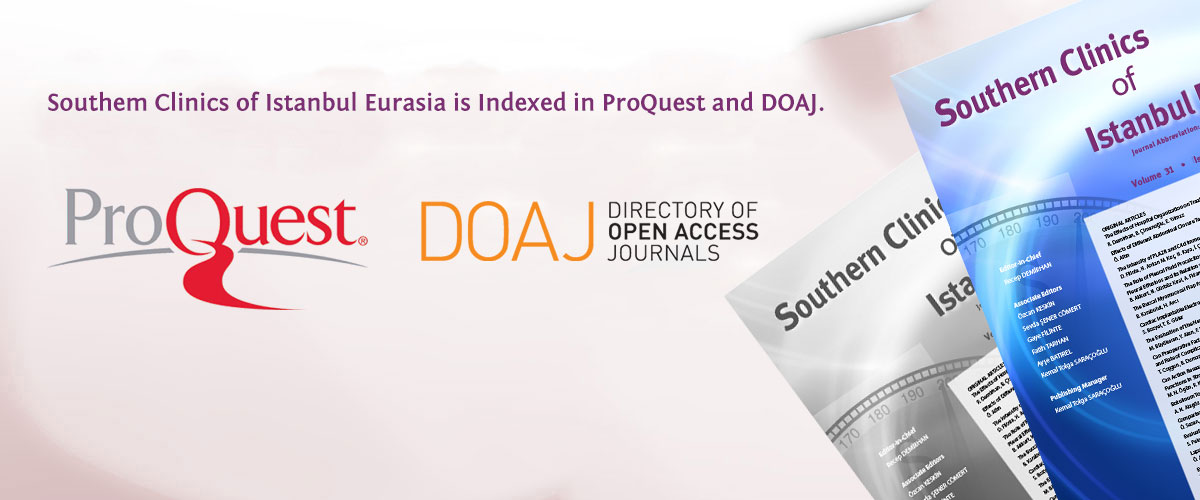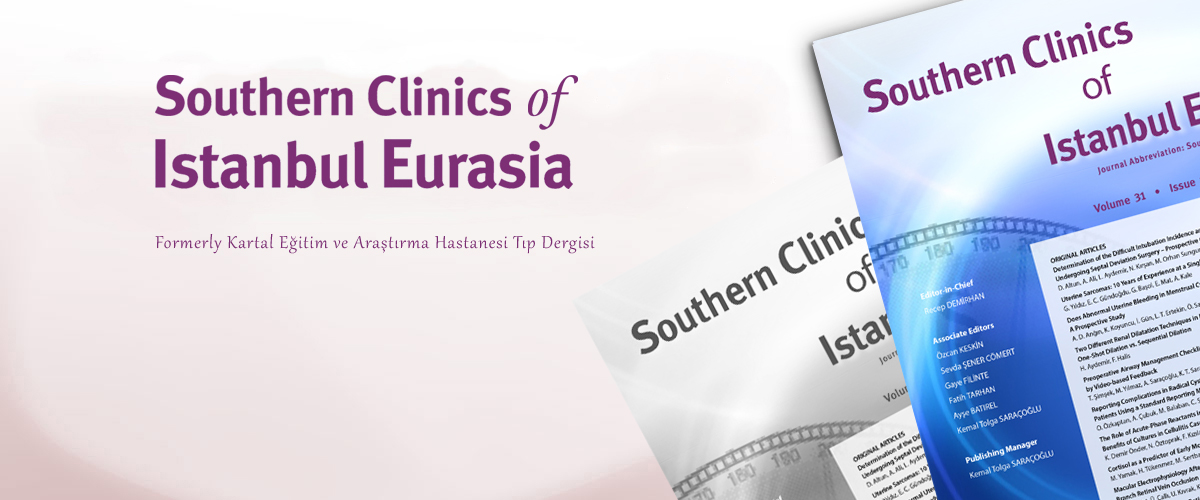ISSN : 2587-0998
Pediyatrik Anestezi Uygulamalarında Derlenme Ajitasyonunu Etkileyen Faktörlerin Değerlendirilmesi
Gökhan Uğur, Elif Bombacı, Banu ÇevikSağlık Bilimleri Üniversitesi Kartal Dr. Lütfi Kırdar Eğitim ve Araştırma Hastanesi Anesteziyoloji ve Reanimasyon Kliniği, İstanbulGİRİŞ ve AMAÇ: Çocuklarda anestezi sonrası derlenme döneminde görülen ajitasyon, çözülmesi zor bir sorun olup başarılı bir süreci sıkıntılı bir duruma dönüştürebilmektedir. Bu ileriye yönelik gözlemsel çalışmada; çocuklarda ameliyat sonrası ajitasyona neden olabilecek faktörleri belirlemek, böylece gelecekteki pediyatrik anestezi uygulamalarına ışık tutabilmek amaçlanmıştır.
YÖNTEM ve GEREÇLER: Ortopedi ve travmatoloji, üroloji, göz hastalıkları, kulak burun boğaz hastalıkları ve baş boyun cerrahisi, çocuk cerrahisi, plastik ve rekonstrüktif cerrahi ameliyatları geçirecek, fizik durumu ASA I-II olan, 310 yaş arası 206 hasta çalışmamıza dahil edildi. Hastaların yaşı, cinsiyeti, açlık süresi, daha önce ameliyat geçirip geçirmediği, premedikasyon yapılıp yapılmadığı ve yapılmış ise ilaç ve uygulama şekli, indüksiyon tekniği ve indüksiyonda kullanılan ilaç, havayolu yönetiminin şekli, idamede kullanılan ilaçlar, anestezi süresi, ameliyat sonrası analjezi yönetimi, derlenme odası kalış süresi kaydedildi. Ayrıca tüm hastaların ameliyat sonrası 10. dakikada Face, Legs, Activity, Cry, Consolability (FLACC) Ağrıskoru, Pediatric Anesthesia Emergence Delirium (PAED) skoru, Modifiye Aldrete Skoru (MAS) değeri kaydedildi.
BULGULAR: İstatistiksel değerlendirmede yaş, ameliyat tipi, premedikasyon, analjezi tekniği ve kullanılan ilaç, havayolu yönetimi, indüksiyonda ve idamede kullanılan ilaçlar ve anestezi süresinin ameliyat sonrası ajitasyonu anlamlı olarak etkilediği sonucu çıkmıştır (p<0.05). Yapılan regresyon analizinde ise yaş, indüksiyonda kullanılan ilaç ve anestezi süresi derlenme dönemindeki ajitasyon için bağımsız risk faktörleri olarak saptanmıştır.
TARTIŞMA ve SONUÇ: Çocuklarda anesteziden derlenirken görülen ajitasyonda etkilifaktörlerin başında çocuğun yaşı, anestezi süresi ve uygulanan anestezi indüksiyon tekniği gelmektedir. Yaş, cerrahi ve anestezi süresi değiştirilemeyen faktörler olduğuna göre uygulanacak anestezi indüksiyon tekniği anestezistin derlenme dönemindeki ajitasyonu kontrol etmede en önemli kozu olacaktır.
Evaluation of Factors Affecting Emergence Agitation in Pediatric Anesthesia Practice
Gökhan Uğur, Elif Bombacı, Banu ÇevikDepartment of Anesthesiology and Reanimation, Kartal Dr. Lütfi Kırdar Training and Research Hospital, İstanbul, TurkeyINTRODUCTION: The agitation that is sometimes seen in children during the recovery period after the administration of anesthesia can be a difficult problem to solve, and can turn a successful procedure into a distressing situation. This prospective, observational study was intended to determine factors that may lead to postoperative agitation in children in order to contribute to future pediatric anesthesia studies.
METHODS: A total of 206 patients between 3 and 10 years of age who underwent operations performed by the departments of orthopedics and traumatology; urology; eye diseases; ear, nose, and throat diseases; pediatric surgery; and plastic and reconstructive surgery and whose physical status was classified as American Society of Anaesthesiologists I or II were included in the study. The patients age, gender, details of preoperative fasting, previous surgeries (if any), premedication used (if any) and the method of application, the induction technique and drug used for anesthesia, airway management method, drugs used to maintain anesthesia and duration, postoperative analgesic management, and the duration of stay in the recovery room were recorded. In addition, the Face, Legs, Activity, Cry, Consolability score; the Pediatric Anesthesia Emergence Delirium score; and the modified Aldrete score recorded at the postoperative 10th minute were analyzed.
RESULTS: Statistical evaluation revealed that age, operation type, anesthesia technique and drug selected, airway management method, drug used for induction and maintenance of anesthesia, and the duration of anesthesia significantly affected postoperative agitation (p<0.05). Regression analysis determined that patient age and the drug selected for the induction and the maintenance of anesthesia were independent risk factors for agitation developing during the recovery period.
DISCUSSION AND CONCLUSION: The age of the child, the duration of anesthesia, and the preferred anesthesia induction technique were the primary factors affecting agitation seen in children during recovery from anesthesia. Since the age of the patient and the duration of the surgery and anesthesia are factors that it is difficult or impossible to change, the anesthesia induction technique to be used is an important tool for the anesthesiologist to control the development of agitation during the recovery period.
Sorumlu Yazar: Elif Bombacı, Türkiye
Makale Dili: Türkçe

